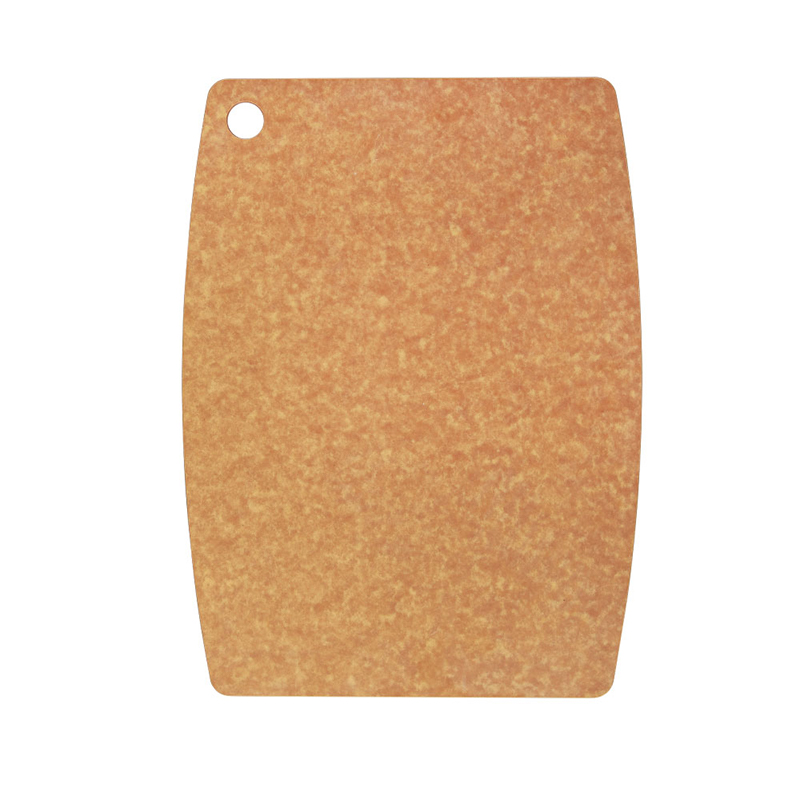-
The Advantages of Fibre Chopping Boards Over Traditional Wood
High Quality Fibre Chopping Boards Wholesaler For Sale
Fiber chopping boards, also known as plastic or composite cutting boards, are a popular choice in many kitchens due to their durability, ease of cleaning, and resistance to damage.
Fiber chopping boards are made from a blend of materials, often including plastic and wood or bamboo fibers. This combination results in a cutting surface that is both sturdy and flexible, offering a balance between the traditional feel of a wooden board and the practicality of plastic.
One of the key advantages of fiber chopping boards is their durability. Unlike wooden boards, which can warp or crack over time, fiber boards maintain their shape and structure. They are less prone to deep cuts and scratches, which can harbor bacteria in other types of cutting surfaces.
Fiber chopping boards are non-porous, which means they do not absorb liquids or odors. This feature makes them easy to clean, as they can be wiped down with a damp cloth and mild detergent. For a deeper clean, they can be placed in the dishwasher, which is a convenient option for many users.
The composition of fiber chopping boards makes them resistant to common kitchen hazards. They are less likely to crack or split, and their non-porous nature means they are less susceptible to staining. This resistance to damage extends the life of the board and reduces the need for frequent replacements.
Fiber chopping boards come in various shapes, sizes, and colors, allowing users to choose a design that fits their kitchen decor and functional needs. Some boards feature grooves or channels to collect juices, while others have non-slip bases to prevent movement during use. These design elements enhance the functionality of the board, making food preparation safer and more efficient.
While fiber chopping boards are resistant to damage, it is still important to use a knife that is appropriate for the task to avoid excessive force that could potentially damage the board. Additionally, always ensure that the board is clean and dry to prevent the growth of bacteria or mold.
The environmental impact of fiber chopping boards is a topic of debate. On one hand, their durability and resistance to damage mean they can last longer than wooden boards, reducing the need for frequent replacements. On the other hand, the production of plastic-based materials can have environmental implications, including the use of non-renewable resources and the potential for microplastics to enter the environment.
Proper maintenance of fiber chopping boards is essential for ensuring their longevity and safety. Regular cleaning with warm soapy water or in the dishwasher, along with the occasional use of a cutting board cleaner or white vinegar solution, can help to keep the board hygienic. Avoid leaving the board in direct sunlight for extended periods, as this can cause the board to warp or fade.
Fiber chopping boards offer a blend of durability, ease of cleaning, and resistance to damage, making them a practical choice for many kitchens. As with any kitchen tool, the choice of a chopping board should be based on personal preferences, needs, and an understanding of the environmental impact.
In conclusion, fiber chopping boards provide a versatile and practical option for food preparation, combining the good aspects of traditional materials with modern manufacturing techniques. With proper care and consideration, they can be a valuable addition to any kitchen setup.

 日本語
日本語 English
English 中文简体
中文简体






